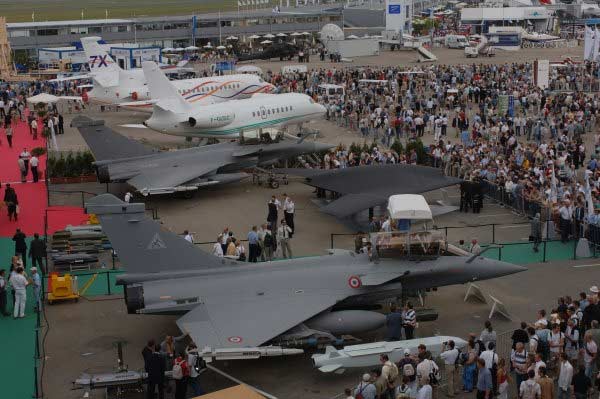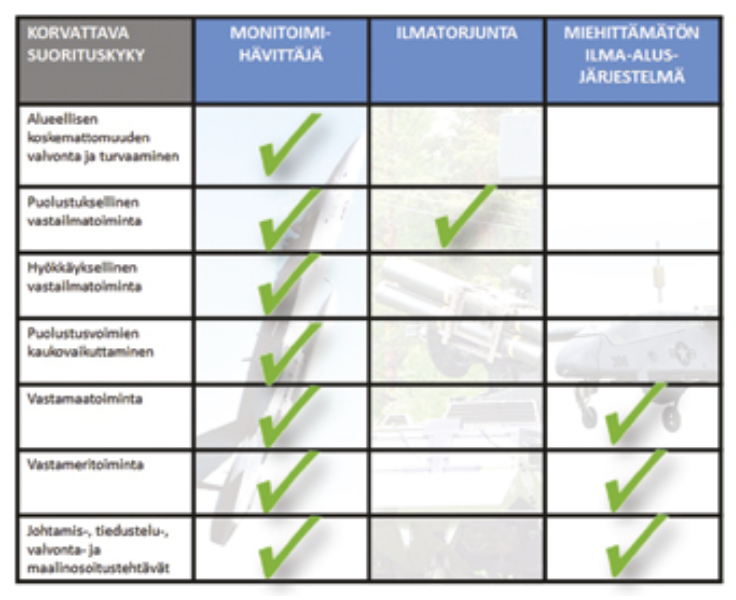Carrier Enabled Power Projection
The shift from Carrier Strike to Carrier Enabled Power Projection in 2010 was reflective of enduring tensions in the Ministry of Defence over the Queen Elizabeth-class programme. By the time of the SDSR in 2010, the carrier programme enjoyed little support in the Ministry of Defence outside the Royal Navy and was under intense pressure financially. Further, despite its significant contribution, the role of US carrier airpower in supporting operations in Afghanistan was ignored. This context necessitated a shift in emphasis during the SDSR from highlighting the Carrier Strike role to emphasising the wider roles and flexibility of the Queen Elizabeth-class, in particular with regard to operating helicopters and providing support to amphibious operations.
Carrier Enabled Power Projection seeks to deliver a broader, more flexible spectrum of capability than a traditional carrier-operating concept. That is, in addition to being capable of delivering a carrier strike capability with up to 36 F-35s, CEPP calls for the Queen Elizabeth-class to also be capable of delivering options such as an all-helicopter air-group (potentially up to around 40 helicopters), or a mixed air-group comprising both fixed-wing aircraft and multiple rotary-wing types (up to 12 Merlin, a small number of Chinook and up to eight Apache helicopters alongside 12 F-35s). It warrants emphasising that the flexibility of the Queen Elizabeth-class is derived from the size of the vessels and the expansive flight deck such size confers: the size of the carriers was originally determined by the required weight of offensive airpower, calculated to be 36 fast jets undertaking two sorties per day for five consecutive days, to provide a medium-scale air capability. In essence, CEPP seeks to provide a capability more akin to that of an LHD, such as the US Wasp-class, rather than a conventional aircraft carrier.
CEPP constitutes a new and unprecedented approach to carrier airpower and in this respect, entails some additional risk. This is especially with regard to the intention to provide a hybrid carrier strike/littoral manoeuvre capability via a mixed air-group, and the integration of Army and Royal Air Force assets into embarked operations. Operating a ‘mixed deck’, that is, a combination of fixed and rotary-wing aircraft, imposes operational and safety limitations that result in inefficiencies not associated with a deck dedicated solely to fixed-wing operations. The successful integration of Army and Royal Air Force assets into embarked operations places an even greater emphasis on having a worked-up and proficient ship-air interface encompassing deep maritime experience and expertise. This is in order to facilitate the smooth integration of visiting units into the maritime domain and enable joint maritime-based operations. This is highlighted with reference to JFH experience. In 2008/9, in the context of a Royal Navy-RAF dispute concerning the future of the Harrier force, Major General (now Lieutenant General Sir) Paul Newton, then head of the MoD’s Development, Concepts and Doctrine Centre, was tasked to produce a report examining the size of JFH, its ethos and manning. The RAF contended that no Royal Navy input was necessary; the Royal Navy disagreed on two points: first, that there was no precedent anywhere for naval air operations that were not supervised by those with deep maritime knowledge; and second, that the RAF had consistently shown a determination to avoid going to sea. The Newton Report reemphasised the need for a sizeable portion of Joint Force Harrier to be naval, identified nearly 200 posts on the in-service Invincible-class that required naval experience and concluded that only the Royal Navy could produce the manpower to operate the Queen Elizabeth-class.
The adoption of CEPP can perhaps be viewed in one of two ways. It could be perceived as an attempt to package an overall reduction in capability (namely, a much-reduced fixed-wing capability and the combining of previously separate carrier strike and littoral manoeuvre roles) in a positive light. Alternatively, it could be viewed as an opportunity to develop a broader, more flexible package of capability and maximise the return from the significant investment in building the Queen Elizabeth-class. In this respect, the intention to develop a hybrid carrier strike/littoral manoeuvre capability could be seen as a means to build a force package akin to the Aviation Combat Element of a USMC Marine Air-Ground Task Force. However, to what extent will it be possible for the Royal Navy, with the support of the Army and Royal Air Force, to deliver the three distinct roles (carrier strike, littoral manoeuvre, and hybrid carrier strike/littoral manoeuvre) proficiently? In this respect, the decision to operate both Queen Elizabeth-class carriers will ensure that a ship is always available for operational use and for training and carrier qualification.
The importance of training and sustained periods of embarkation has been emphasised throughout this article; it also warrants highlighting that the training requirement extends to the integration of the ship and its air-group into wider task group operations. A carrier does not operate in isolation: it is one component of a task group that will include escort vessels (for example, a Daring-class destroyer and frigates), auxiliary ships, potentially a nuclear-powered submarine and allied assets. Moreover, the carrier task group may be operating in a wider coalition context and thus have to be integrated into, for example, the planning of the Joint Force Air Component Commander. The integration of the carrier and its embarked air assets – whether principally fixed-wing, all rotary-wing or a mix thereof – into a task group and subsequently into national and coalition operations will require extensive and sustained working-up to ensure operational proficiency, in particular in areas such as command and control. This will be especially with regard to cases where the carrier is operating across roles, undertaking, for example, concurrently carrier strike and littoral manoeuvre where command and control arrangements and expertise differs.


